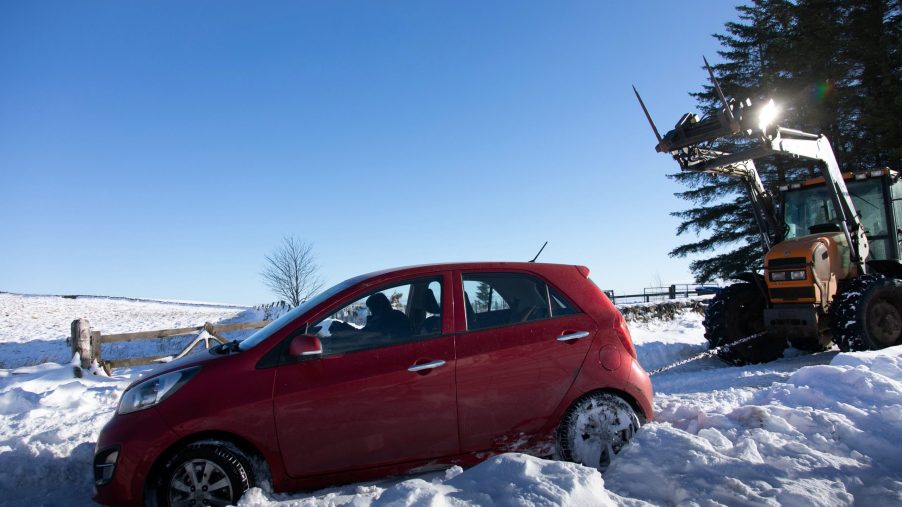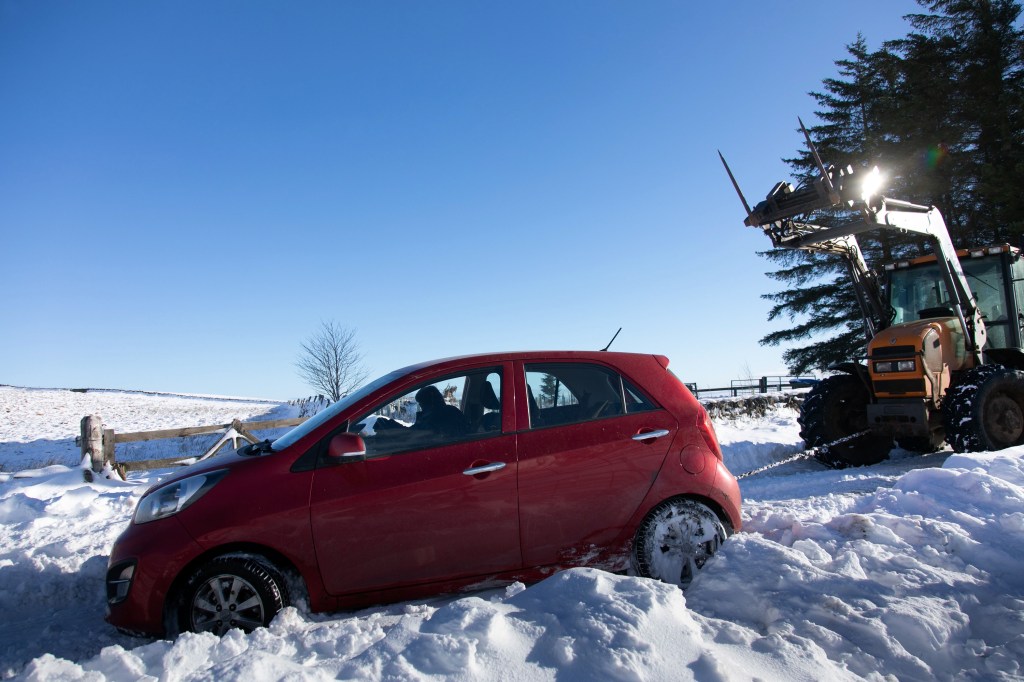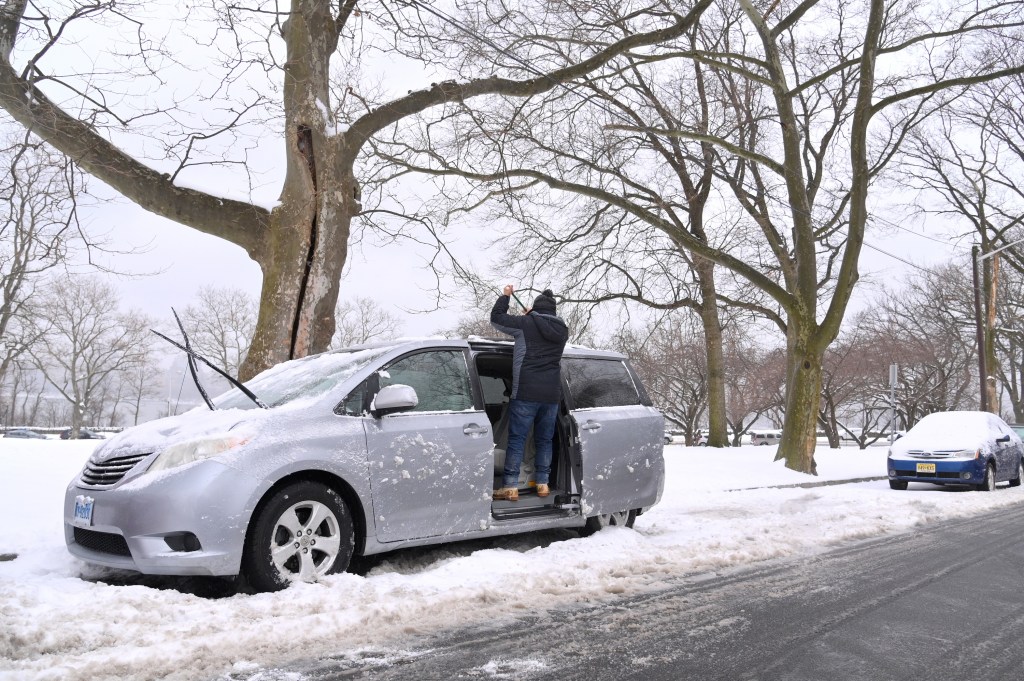
Save Your Car and Possibly Life by Keeping Your Gas Tank Full During Winter
Winter ain’t coming; it’s here. With snow and freezing temperatures touching most of the country, it’s time to take our winter car maintenance routines seriously. There is a pile of tips for winterizing your car, but some are lesser-known and more vital than others. A good place to start is to save your car and potentially your life by keeping your gas tank full in the winter.

How to keep your car safe during the winter?
According to WBRC, keeping your gas tank at a quarter of a tank or lower during the winter may lead to serious car trouble.
Esurance surveyed 2000 drivers that found that one-third of drivers let their gas tanks hit “E” before filling up. Automotive guru Tim Jasper says that leaving your car low on fuel in the cold is one of the worst things you can do for your car.
What happens if your car is low on fuel in the cold?

Jasper says that if fuel levels are too low in cold weather, fuel lines can freeze, causing condensation in your gas tank. This will ultimately damage your car’s fuel pump. Pro tip: water in your gas tank is a big problem.
“Try to keep at least a quarter tank in there. You can always get some additives to put in there, which is not a bad idea during the cold weather,” said Jasper.
While some may think the ethanol in gas is enough to act as an anti-freeze, but Jasper says this isn’t necessarily true. Tiny bits of condensation can still freeze in fuel lines and pumps. Keep an eye on your fuel for your car’s sake. But, there is another more serious reason not to let your fuel get too low in the winter – survival.
Running out of fuel while winter driving could be fatal
As we have seen on I-95 in Virginia this week, winter travel has the potential to get serious. Thousands of motorists were trapped on the frozen highway for hours in their cars. In fact, some drivers were there for over 24 hours.
This scene is a perfect example of why it pays to keep your fuel levels high in the wintertime. Keeping the heater running in an emergency situation is key to survival, especially if you haven’t prepared a winter survival kit for your car.
As weather events get more extreme, it really pays to be prepared for severe weather. This means learning to drive safely in snow and ice, knowing survival protocol for not only cold temperatures but hurricanes, tornadoes, and floods.
Our cars are our home away from home. We should be prepared to keep them safe and healthy and treat them as a refuge in times of emergency and disaster. Doing this isn’t complicated; it merely requires a little bit of planning and forethought.
But of all the natural disasters and weather events, blizzards and freezing temps are among the most common, so being prepared for them should be a no-brainer.



